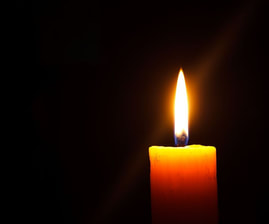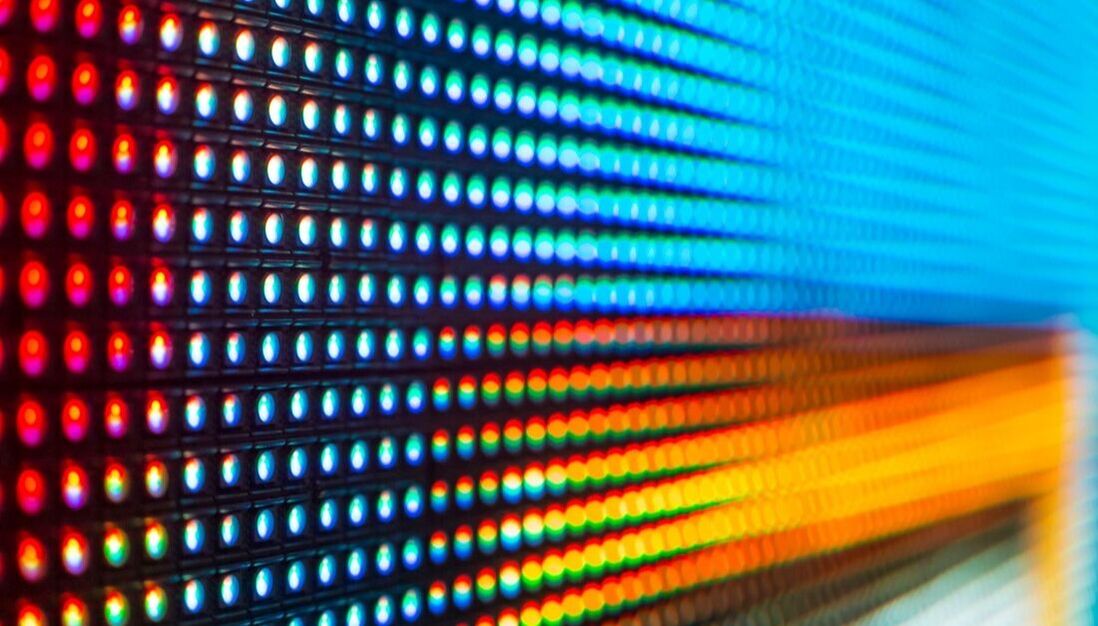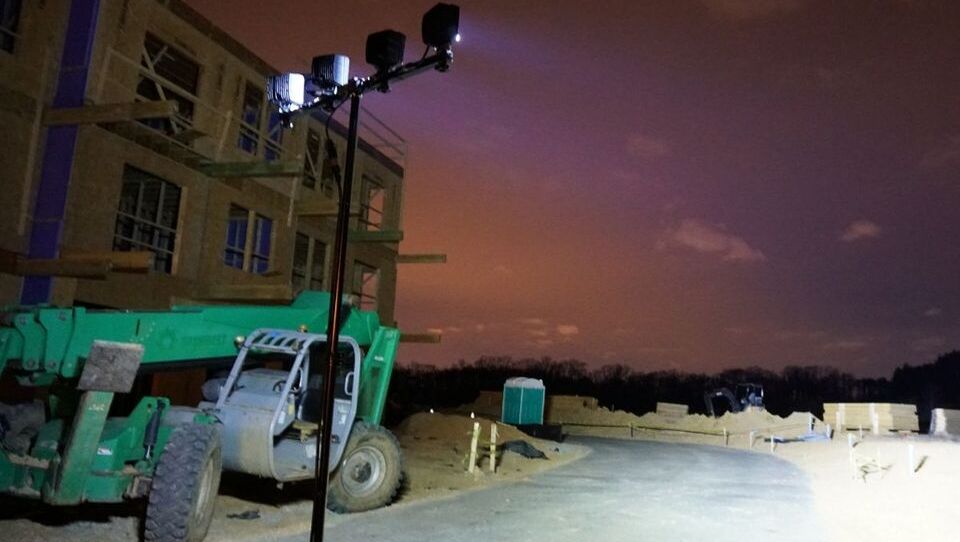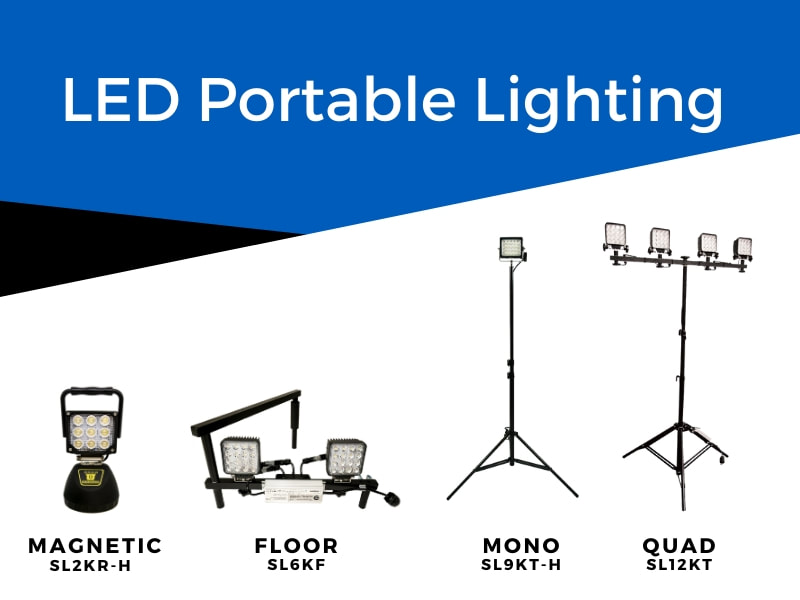|
Light emitting diodes, better known as LEDs, are gradually phasing out all other types of lighting. Among the hype for LED lights are the claims that they are more effective, stemming from their balance brightness, lifespan, durability, and efficiency. Compared to an incandescent or CFL bulb, an LED will last much longer on average with a superior quality. So, how can one bulb have it all? You may be wondering about the compromises when switching to a light emitting diode. Thanks to new methods in engineering, the LED keeps its title of superior lightbulb without compromise. From the Candle to the Lightbulb Typical lights, such as incandescent, CFL, or halogen lights, have a lot in common with how a candle produces light – they burn. Whether purely through burning a filament or by generating heat to excite an inert gas (mercury vapor for CFLs, iodine and bromine for halogens), older lightbulbs took the age-old concept of the candlelight and adopted it to work with electricity. While this has its inherent tradeoffs of heat expenditure and decreased lifespan, these lighting innovations were revolutionary. The Introduction of the SemiconductorIn an era of Silicon Valley breakthroughs, the semiconductor is at the heart of the unbelievable technological progress we’ve made over the past decades. It introduced the possibility for complex electronics by controlling the way electricity flowed, allowing for us to pick and choose. It created an unprecedented control over a scientific concept we had little grasp over decades before.  The LED uses a semiconductor with electron holes – areas with an absence of electrons which we can think of as channels for moving electrons. Through these holes, the electrons jump between semiconductor variants. The energy required for this exchange and the energy released as photons is dependent on the band gap, or the energy difference between the two halves (known as the conductive and valence band). Manipulating the electrical current in such a way to directly release energy through photons leads to less energy lost to heat. It becomes less dependent on preserving materials such as filaments and provides a more potent emission. As a result, LEDs will run longer and safer while using less energy. Choose SiteLitesIf you’re using LEDs in, say, a workplace scenario, using less energy boosts your bottom line. You need a powerful light emitting source to give you complete coverage of a site to keep you and others safe. Most importantly, you need a solution that’s durable. Making the switch to an LED work light can provide all of this and more. SiteLites has rugged, tested LED lighting solutions you can use for you project. With integrated heat sinks, cast aluminum construction, and an IP66 durability rating shielding against power blasts of water and dust, you’ll never have to worry about being left stranded in darkness. Sources [1] https://www.viribright.com/lumen-output-comparing-led-vs-cfl-vs-incandescent-wattage/ Related Articles
2 Comments
Leave a Reply. |
Archives
October 2020
Categories |
Very Bright!Located in Pinellas Park, FL, SiteLites has been providing bright, temporary work lighting to keep jobsites safe. Let us help you work safer for longer!
Follow Us3845 Gateway Centre Blvd.
Suite 360 Pinellas Park FL 33782 |
Quick LinksLighting Solutions1.8K Lumen Magnetic Lantern
6K Lumen Floor Light 9K Lumen Mono Tripod Light 12K Lumen Quad Tripod Light How We Can Help |
|









 RSS Feed
RSS Feed




